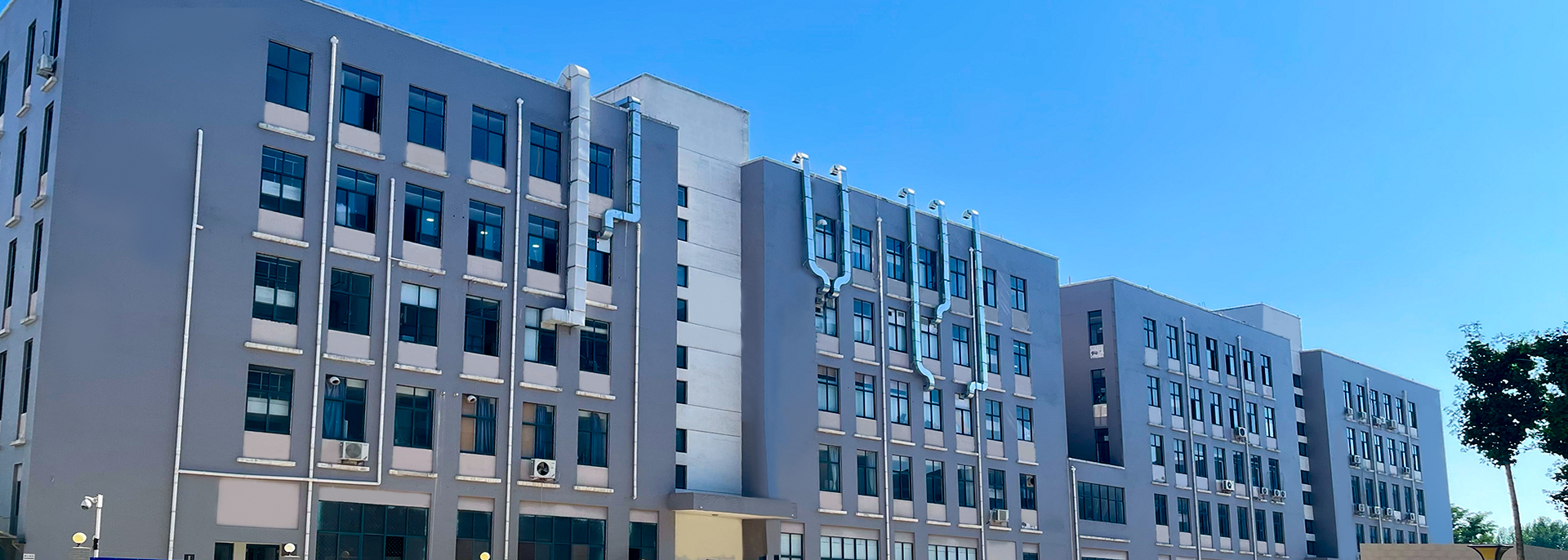
Dec . 15, 2024 20:16 Back to list
calibrating differential pressure gauge factory
Calibrating Differential Pressure Gauges A Comprehensive Guide
Differential pressure gauges are essential instruments used in various industries to measure pressure differences between two points. These gauges play a critical role in processes ranging from oil and gas to pharmaceuticals and HVAC systems. As with any measurement tool, the accuracy and reliability of differential pressure gauges depend significantly on their calibration. This article explores the importance of calibrating differential pressure gauges, methods employed, and best practices to ensure optimal performance.
Importance of Calibration
Calibration is the process of configuring an instrument to provide a result for a sample within an acceptable range. In the case of differential pressure gauges, proper calibration ensures that the measurements they provide are accurate and reliable. Inaccurate readings can lead to severe consequences, including equipment failure, product defects, safety hazards, or regulatory non-compliance.
Calibration is particularly crucial in industries where precise pressure differentials are essential for operational efficiency. In the pharmaceutical industry, for example, even a slight deviation in pressure readings can compromise the integrity of products. Similarly, in environmental monitoring, accurate pressure measurements are crucial in maintaining compliance with environmental regulations.
Calibration Methods
There are several methods to calibrate differential pressure gauges, and the choice of method often depends on the specific application and the level of precision required. The most common methods include
1. Dead Weight Tester Calibration This method uses a piston and cylinder system to generate a known pressure. The differential pressure gauge is connected to this system, and the pressure is applied to determine the gauge's accuracy. This is considered one of the most precise calibration methods available.
2. Comparison Calibration In this method, the differential pressure gauge is compared against a reference gauge that is already calibrated. This involves applying known pressure differentials and recording the readings from both gauges to identify any discrepancies. This method is often favored for its simplicity and speed.
3. Electronic Calibration With advancements in technology, electronic calibration devices have been developed. These instruments are capable of generating precise pressure signals and can be connected to the differential pressure gauge for calibration. They often include software that provides detailed calibration reports and analysis.
calibrating differential pressure gauge factory

4. Multi-Point Calibration For more accurate results, a multi-point calibration can be performed, where the gauge is tested at multiple pressure levels. This method helps to establish a more comprehensive understanding of the gauge's performance across its operating range.
Best Practices for Calibration
To achieve optimal results during the calibration of differential pressure gauges, several best practices should be followed
1. Perform Regular Calibration Establish a calibration schedule based on the operating environment and the manufacturer's recommendations. Regular calibration helps to maintain accuracy over time.
2. Maintain Cleanliness Ensure that the gauge and connections are clean and free from contaminants. Dirt or debris can affect the performance of the gauge and lead to false readings.
3. Temperature Control Calibration should ideally be conducted at stable temperatures. Extreme fluctuations in temperature can affect pressure readings and lead to inaccurate calibration results.
4. Documentation Keep thorough records of all calibrations performed, including the date, method used, and any adjustments made. This documentation is crucial for compliance and future reference.
5. Training and Certification Ensure that personnel performing the calibration are adequately trained and certified. Proper training ensures that the calibration process is conducted with precision and care.
Conclusion
Calibrating differential pressure gauges is a critical aspect of maintaining accuracy and reliability in various industrial applications. By understanding the importance of calibration, the methods available, and best practices, organizations can ensure that their pressure measurements are both precise and dependable. Investing in proper calibration processes not only enhances operational efficiency but also contributes to safety, quality assurance, and compliance with industry standards.
-
High-Quality Pressure Gauge on Fire Extinguisher - Reliable Water Fire Extinguisher Pressure Gauge Suppliers & Exporters
NewsJul.08,2025
-
High-Quality Water Pressure Differential and Gauge Kit Reliable Manufacturers & Competitive Quotes
NewsJul.08,2025
-
High-Precision Digital Diaphragm Pressure Gauge – Reliable Manufacturer & Competitive Quotes
NewsJul.07,2025
-
Wholesale Diaphragm Pressure Gauge Supplier - Premium Quality & Competitive Price
NewsJul.07,2025
-
Digital Diaphragm Pressure Gauge Reliable & Precise Measurement Top Manufacturers Quotes
NewsJul.06,2025
-
High Accuracy Piston Type Differential Pressure Gauge - Reliable Manufacturers & Competitive Quotes
NewsJul.06,2025
